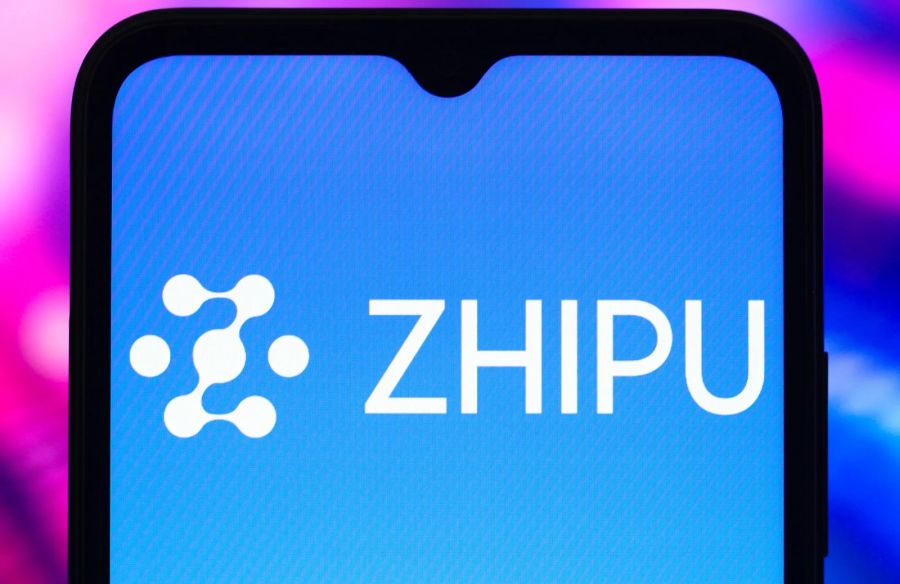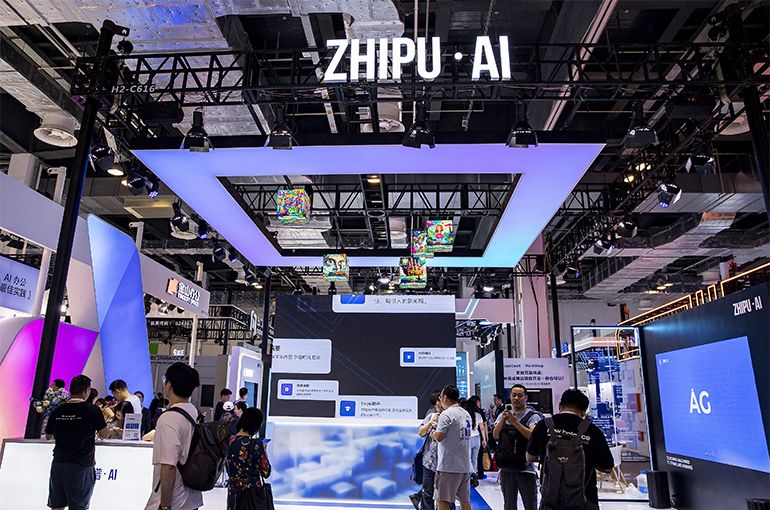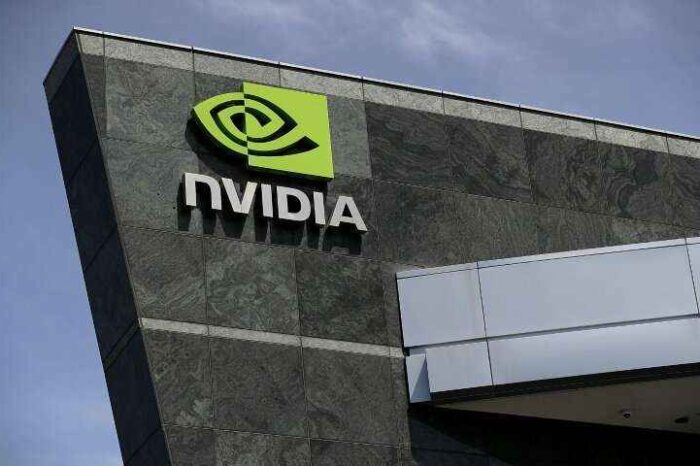China’s AI startup Zhipu releases open-source GLM-4.5 to challenge OpenAI, rebrands as Z.ai

Not long after OpenAI’s public admission of its growing influence, Chinese AI startup Zhipu AI is stepping up to the global stage. On Monday, the Beijing-based startup launched its latest open-source large language model, GLM-4.5—aimed at challenging the dominance of players like OpenAI and Anthropic. The launch comes as the company rebrands under a new global identity: Z.ai.
This release isn’t just about bragging rights. Zhipu is doubling down on its strategy to open-source models and fuel adoption, part of a broader trend among China’s AI startups to shape global standards and win over developers.
The company, often referred to as one of China’s “AI tigers,” is backed by local governments and counts some of China’s biggest tech names among its investors. It’s also been catching the attention of U.S. rivals. In June, OpenAI flagged Zhipu’s progress, especially its growing list of government contracts inside China.
GLM-4.5: Zhipu’s Answer to GPT-4 with a Focus on Agents and Efficiency

Zhipu’s timing isn’t accidental. According to China’s state-run Xinhua News Agency, Chinese companies have released more than 1,500 large language models as of July—more than any other country. GLM-4.5 is Zhipu’s newest contribution, and it’s built for intelligent agent applications with better reasoning, coding, and multimodal capabilities.
Founded in 2019 as a spin-off from Tsinghua University, Zhipu has been pushing hard to gain traction. GLM-4.5 builds on the earlier GLM-4 series and introduces two models using a Mixture of Experts (MoE) architecture. One clocks in at 355 billion parameters (32 billion active), and the other at 106 billion (12 billion active). Both are designed to perform well on complex tasks and handle a 128k token context window. Zhipu claims the model hits GPT-4-level performance on benchmarks like MMLU, GSM8K, and HumanEval—and it particularly shines in Chinese-language tasks. It even beat Claude 3.5 Sonnet and Kimi K2 in tool-calling success rates, scoring 90.6%.
GLM-4.5 was trained on a massive 15 trillion token dataset and comes with a built-in hybrid reasoning mode that helps with tasks like coding, multi-turn interactions, and tool use. On paper, it looks like a developer-friendly model: it supports up to 96k output tokens and boasts competitive pricing at $0.11 per million tokens. It also runs on consumer-grade GPUs, with an inference speed that Zhipu says is eight times faster than DeepSeek-R1—up to 200 tokens per second.
Zhipu has made a habit of open-sourcing many of its models, including GLM-4-9B, GLM-4V-9B, and GLM-4-Voice. Now, with GLM-4.5 released under the MIT license, it’s offering developers a license to fine-tune and commercialize the model however they see fit. That approach has helped Zhipu build a user base of over 700,000 developers and companies via its bigmodel.cn platform, which now sees token consumption 150x higher than last year.
China’s Open-Source AI Playbook: Compete Locally, Influence Globally

Zhipu isn’t alone. Other Chinese AI players like Moonshot AI and StepFun have released open-source models or reasoning systems. It’s a coordinated push to counterbalance the influence of Western companies and reduce dependence on proprietary tools.
Still, the company has its critics. Some say it’s simply mirroring OpenAI’s playbook, from its model names (GLM vs. GPT) to its product offerings. Whether it can break out with its own distinct innovations remains to be seen. It doesn’t help that Zhipu has landed on the U.S. government’s restricted trade list—Washington claims its tech supports China’s military, which the company denies. That designation could complicate its relationships with international developers and open-source communities.
Zhipu’s ambitions aren’t limited to tech. The company is reportedly preparing for an IPO in Hong Kong that could bring in $300 million. It’s also expanding globally with new offices in the U.S., U.K., and France. Backers include Alibaba, Tencent, Ant Group, and Saudi Arabia’s Prosperity7 Ventures, which led a $400 million round that pushed its valuation to over $20 billion.
The company’s new domain—Z.ai—reflects its global posture. Meanwhile, its Qingyan AI assistant has already reached over 25 million users and is generating around $1.37 million a year in revenue.
With GLM-4.5, Zhipu is making its biggest bet yet: that an open-source model from China can hold its own against the best from Silicon Valley. Whether it’s enough to pull developers away from OpenAI’s orbit—or simply solidify China’s place in the AI arms race—remains the bigger question. For now, Zhipu is signaling it won’t be sitting on the sidelines.




